Dumplings are a culinary treasure that captivates people of all ages worldwide. These savory delights are filled with flavorful ingredients like vegetables, meats, or even sweet fillings. While freshly steamed or fried dumplings are undoubtedly delicious, reheating leftover Chinese dumplings is a common practice that lets us savor their delightful flavor again. Knowing how to reheat dumplings properly can significantly impact the enjoyment of this beloved culinary treat.
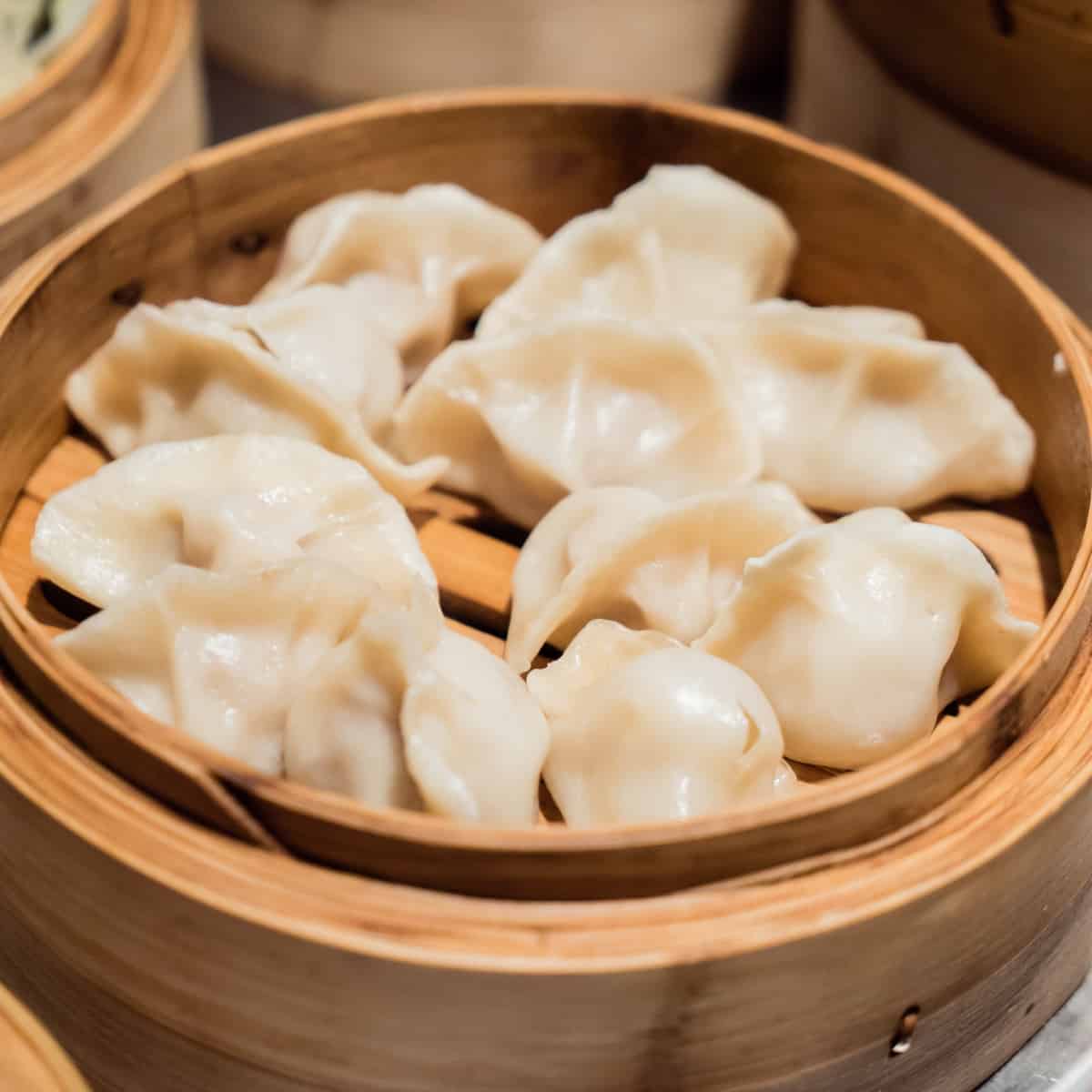
Jump To
Whether you have leftover dumplings from a delightful meal or wish to refresh frozen dumplings for a quick and delicious snack, various methods can be employed to achieve optimal results. To ensure you make the most of this culinary reuse, it is important to learn about the various ways of reheating. Read on!
What are the dumplings?
Dumplings are a broad category of dishes that consist of small pieces of dough, typically filled with various ingredients and then cooked in different ways. Some common types of Asian dumplings, such as Chinese Dumplings, known as "jiaozi," are typically filled with a mixture of ground meat (pork, chicken, beef, or shrimp) and vegetables. Or Japanese dumplings: "Gyoza" in Japanese cuisine, similar to Chinese dumplings, and Korean Mandu, often filled with meat, tofu, kimchi, or vegetables. These are just a few examples, and there are many more variations of dumplings worldwide. Dumplings are beloved for their versatility, as they can be served as appetizers, main courses, or even desserts depending on the ingredients and preparation method. Some typical types of dumpling dough are wheat-based dough, rice-basked dough, and corn-based dough.
Different ways to reheat dumplings
Reheating dumplings can be done easily, and there are a few methods you can use depending on the type of dumplings you have. Here's how to reheat different types of dumplings:
Using a pan
Reheating dumplings in a pan is a common method that restores the flavorful filling and crispy bottoms. This reheating method is particularly suitable for pan-fry or dumplings with thicker dough. The combination of frying and steaming in a pan creates a delightful golden brown texture that will make your reheated soup dumplings irresistible.

Follow these step-by-step instructions for the best results:
- Use a non-stick pan and heat it over medium heat. Then add a small amount of oil, e.g., sesame oil.
- Put the frozen dumplings in the frying pan. Make sure to leave some space between them.
- Cook the dumplings until the bottom becomes golden brown. It should take about 2-3 minutes.
- Next, pour a small amount of water into the pan to cover the bottom. Avoid adding too much water.
- Now cover the pan with a lid and let the Asian dumplings steam for an additional 2-3 minutes, allowing them to heat thoroughly.
Using the oven
If you want to reheat dumplings and create a crispy exterior evenly, then this method is highly recommended. This popular option works well for both steamed and baked cold dumplings because it gently reheats them and maintains their crispy texture. The toaster oven circulates the heat around the dumplings, ensuring they are evenly heated without losing their tasty flavor. The following are the steps to reheat dumplings via the oven method:
- Preheat the oven to 350°F (175°C).
- Place the dumplings on a baking sheet or parchment paper and make sure there’s space between each.
- Put the baking pan in the oven and let the dumplings reheat for about ten minutes or until thoroughly heated.
- you can broil for a few minutes for a crispier variety of dumplings. Make sure to keep a close eye on the dumplings to prevent burning.
Deep frying
Deep frying is a great way to reheat dumplings to ensure a delightfully crispy outcome. This easy method works excellent for steamed, boiled, or pan-fried dumplings. You will achieve a crunchy, golden exterior by submerging the dumplings in hot vegetable oil. At the same time, the insides become succulent and warm, transforming them into irresistible treats that are sure to satisfy your cravings. Here is the step-by-step process to reheat dumplings via deep-frying:
- Heat oil to around 350°F (175°C) internal temperature in a deep fryer.
- Put the dumplings into the hot oil carefully and make sure they are submerged.
- Now fry the dumplings until they turn golden brown. It should take about 3-4 minutes.
- Finally, use a slotted spoon to remove the soggy dumplings from the air fryer basket and place them on a paper towel-lined plate to absorb excess oil.
Microwaving
Microwaving is a convenient and easy way to reheat dumplings. It is a good option for boiled or steamed dumplings because it helps retain moisture while reheating them quickly.
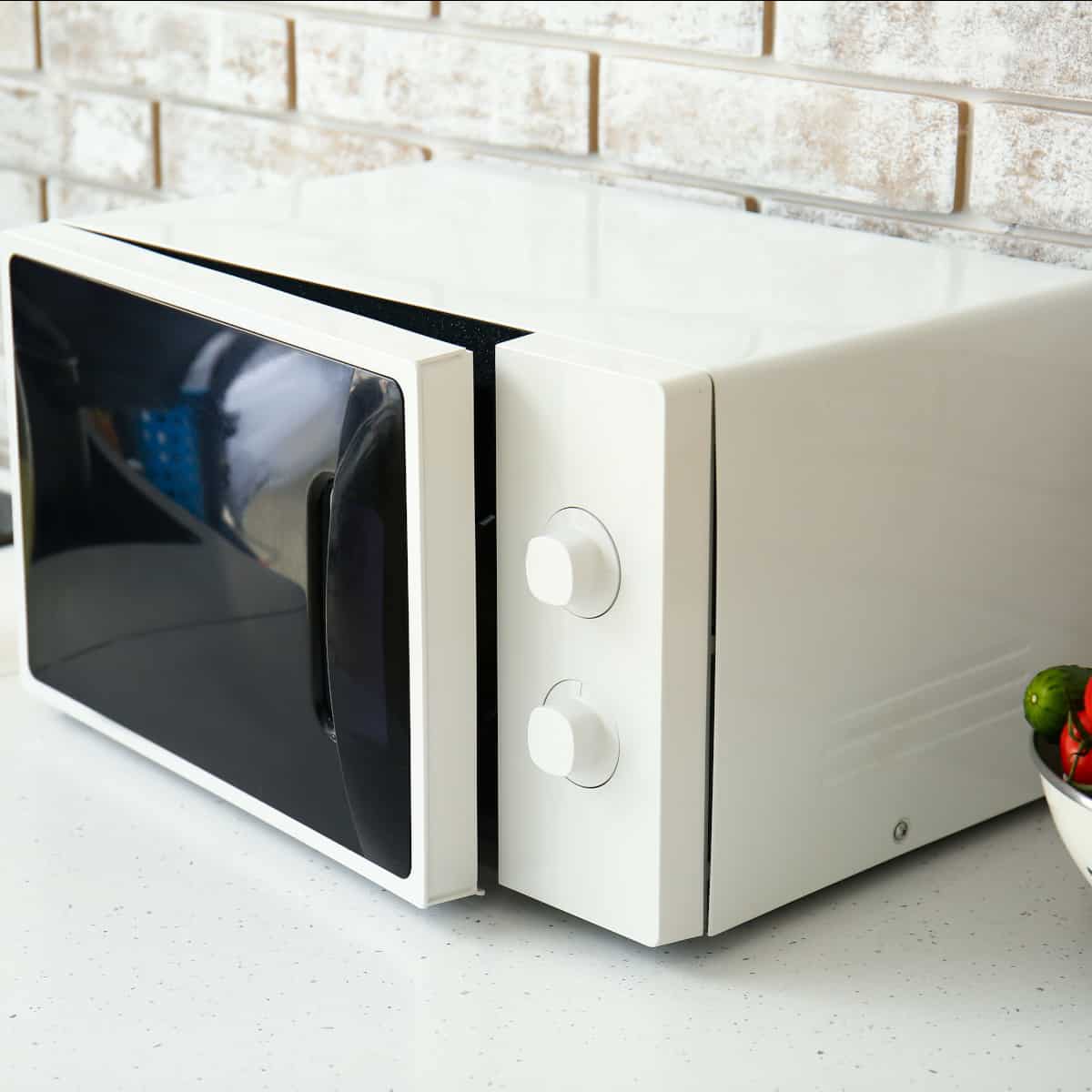
While microwaving may not produce the same level of crispiness as other methods, it provides a simple solution to enjoy your leftover dumplings when time is limited. Follow these instructions:
- Put the dumplings on a microwave-safe plate. Make sure they don’t touch each other.
- Sprinkle a few drops of hot water over the dumplings so they don’t dry out.
- Next, cover the plate loosely with a microwave-safe lid or microwave-safe plastic wrap.
- Microwave the dumplings on high power for 1-2 minutes or until thoroughly heated.
Steam
Reheating dumplings by steaming is a good method because steaming helps retain moisture within the dumplings. Additionally, steaming requires minimal or no additional oil, making it a healthier option compared to pan-frying or deep-frying methods. It allows you to enjoy the dumplings without adding extra calories or fats. By reheating dumplings through steaming, you can enjoy the delicious taste and texture of the dumplings as if they were freshly made.
You can follow these steps:
- If using a bamboo steamer, line it with parchment paper or cabbage leaves to prevent sticking. Place it over a pot of boiling water. If you don't have a steamer, you can use a regular pot with a steaming rack or a metal colander.
- Place the dumplings in a single layer inside the steamer, leaving some space between each dumpling to prevent sticking.
- Cover the steamer with a lid and steam the dumplings for about 5-8 minutes if they are fresh or 8-10 minutes if they are frozen. Make sure they are heated thoroughly.
- To check if the dumplings are fully reheated, you can insert a toothpick or a fork into the center of one dumpling and feel the filling. If it's hot all the way through, they are ready.
Boil
Reheating dumplings by the boil method can be an alternative approach, especially if you have leftover uncooked dumplings. While steaming is generally preferred for retaining moisture and texture, boiling can also serve as an effective reheating method for dumplings with a few advantages.
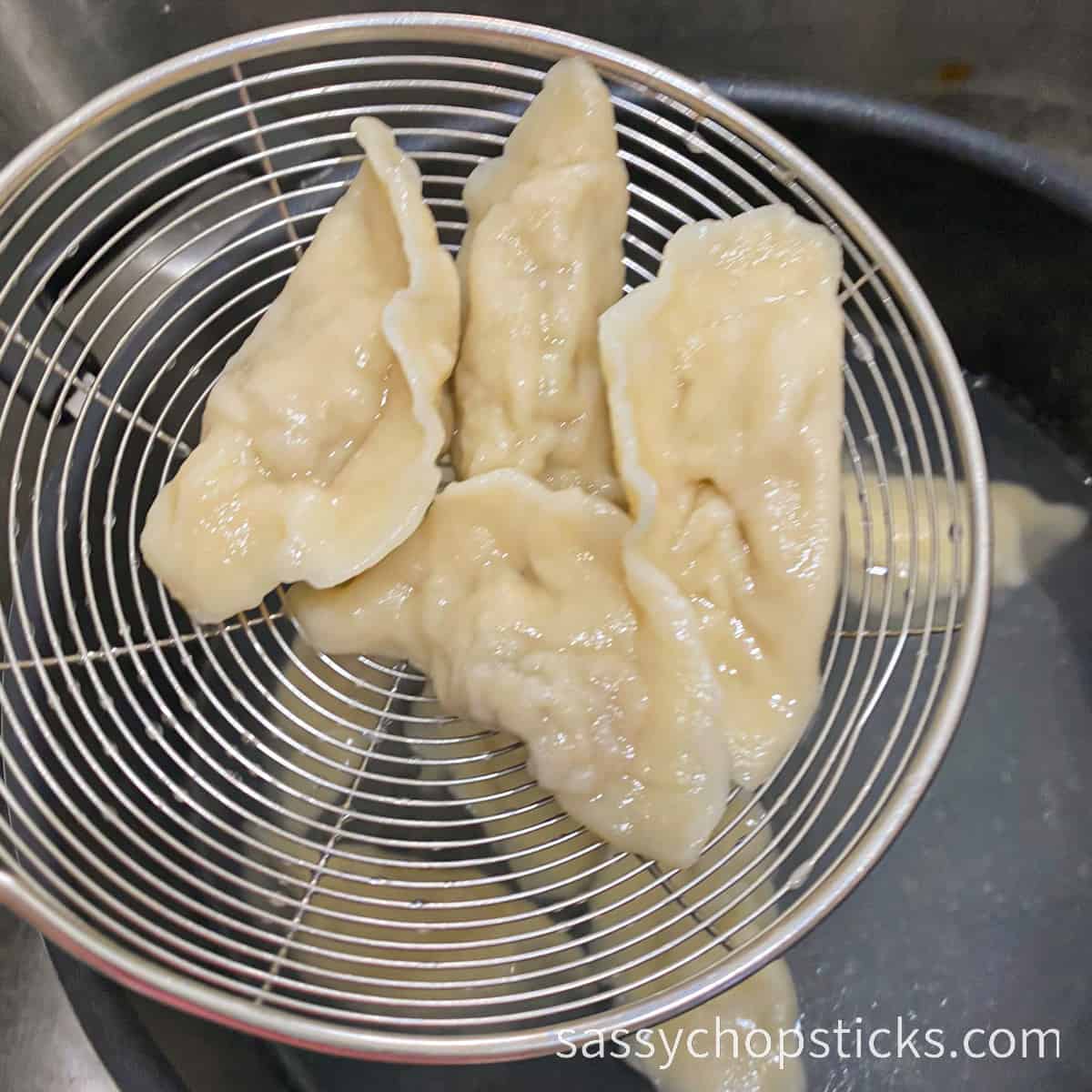
Here are the detailed steps:
- Bring a pot of water to a boil and add the dumplings.
- Stir gently to prevent sticking and cook for 2-3 minutes until they float to the surface.
- Add some water(about half a cup) and return to boil. Repeat another two times.
- Continue boiling for an extra minute to ensure they are heated thoroughly.
Regardless of the method used, it's essential to be cautious not to overcook the dumplings, as they can become mushy and lose their texture. Additionally, avoid reheating them multiple times, as this can lead to a decline in taste and quality. Enjoy your delicious reheated dumplings!
Dumplings sauce
In many Asian cultures, dumplings are commonly served with specific sauces that have been part of their culinary traditions for generations. These sauces have become integral to the overall dumpling-eating experience. The dumpling sauce is typically added to dumplings to enhance their flavor, provide moisture, and complement the filling inside the dumpling. The sauce adds a savory and sometimes slightly tangy taste, making the dumpling-eating experience more enjoyable.
There are different types of dumpling sauces. Common dumpling sauces include soy sauce-based mixtures, vinegar-based mixtures, chili oil, sesame oil, or a combination of these ingredients. Ultimately, the addition of dumpling sauce is a matter of personal taste, and individuals may choose to enjoy their dumplings with or without sauce based on their preferences.
Feel free to try different combinations of these ingredients and adjust the proportions to create your favorite dipping sauce that perfectly complements your reheated dumplings.
Final thoughts
Overall, there are various ways available when it comes to reheating dumplings. The best option varies based on the different types of dumplings or how they were initially cooked. Each method offers an excellent way to enjoy reheated dumplings, from using a pan or oven for a crispy finish to deep-frying or microwaving for convenience. By following the above-listed best methods and guidelines, you can savor the delectable taste of dumplings whenever you desire, ensuring that no dumplings ever goes to waste. I hope you enjoyed this post. Feel free to leave comments below.:)

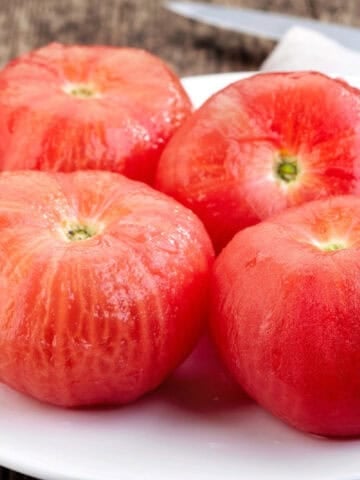

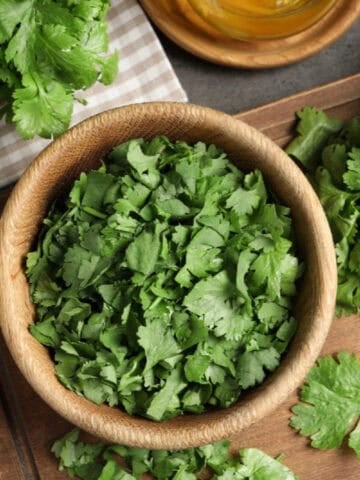
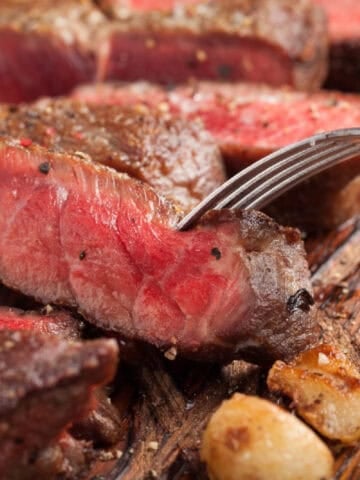
Leave a Reply